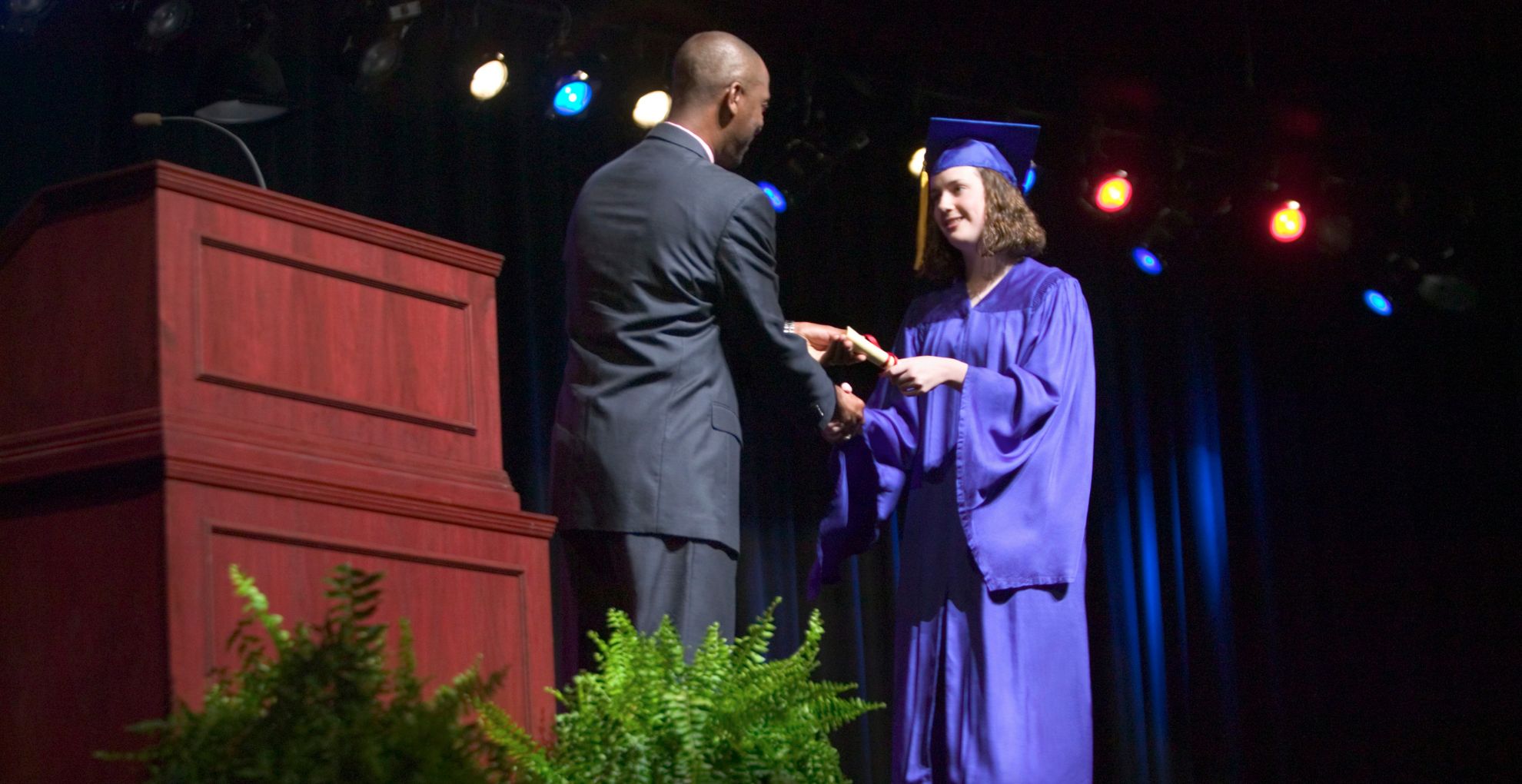The day of graduation has a certain enchantment. It marks the end of years of arduous labor, late-night study sessions, patiently trying collaborative projects, and a path of self-discovery. It’s an important occasion, regardless of whether you’re the one wearing the cap and gown or a happy family member watching from the stands.
But amid all the excitement, one practical question always pops up: How long is a graduation ceremony? If you’re planning your day—or your snacks—around it, you’ll want to know what to expect. Let’s walk through the average length of graduation ceremonies, why they vary, and how to prepare for one of the most unforgettable days of your life.
What Is a Graduation Ceremony?
Graduation ceremonies, also known as commencements or convocations, are formal events that recognize a student’s academic achievements and transition them into the next chapter of life. They’re not just about receiving a diploma—they’re symbolic of all the hard work, sacrifices, and memories built over years of education.
The Purpose Behind the Celebration
The purpose of a graduation ceremony goes beyond formalities. It’s about acknowledging personal and collective success. For some, it’s a family’s first-ever college graduate. For others, it’s the close of one chapter and the beginning of a new one in a graduate program or the workforce. It’s a time to reflect, appreciate, and honor every step of the journey.

How Long Is a Graduation Ceremony?
So, really—how long is a graduation ceremony? The short answer: it varies. Most ceremonies last between 90 minutes to 3 hours, depending on the size of the graduating class and the schedule of events. Some smaller college departments wrap up in just over an hour, while large universities with multiple colleges might stretch their ceremonies across half the day.
If you’re a graduate or guest planning your day around this, consider this rule of thumb: Expect 2 to 2.5 hours, but prepare for the possibility of it going longer.
Factors That Affect the Duration
A few key elements influence how long a graduation ceremony lasts:
- Number of Graduates: The more students walking across the stage, the longer it takes. Reading hundreds (or thousands) of names takes time.
- Speeches: Inspirational talks from presidents, deans, guest speakers, or student leaders can add 30 minutes or more.
- Performances: Some schools include music, choir performances, or even student presentations.
- Ceremony Type: Undergraduate, master’s, or doctoral ceremonies can vary in formality and time.
For instance, a 2024 commencement at Brown University for master’s students lasted about 2.5 hours, while Saint Louis University’s department-level events averaged 1.5 hours. You can always check your school’s commencement schedule for an estimate.

Graduation Ceremony Order of Events
Understanding the structure of a graduation ceremony not only gives you insight into how long it might last, but it also helps you appreciate the meaning behind each moment. While no two schools do it the same, most follow a similar flow designed to celebrate the graduating class in a respectful, inspiring, and memorable way. Here’s what typically happens from the first note of music to the final cap toss:
1. Processional (10–15 minutes)
The ceremony begins with the processional—a formal and often emotional entrance of faculty, staff, and graduates into the venue. Guests typically stand as music, often performed live, sets the tone. The processional is steeped in tradition. Academic leaders wear regalia representing their degrees and institutions, and the graduating students file in, row by row, in their caps and gowns. This moment represents the start of a significant life transition. The energy is both nervous and proud, and for many families, seeing their student enter the room marks the culmination of years of hard work and sacrifice.
2. Welcome Address (5–10 minutes)
Once everyone is seated, a senior academic leader—often the university president, chancellor, or dean—delivers a welcome address. This brief speech formally opens the ceremony, offering warm congratulations to the graduates and words of gratitude to parents, faculty, and staff. It may also acknowledge any special guests, honor the school’s history or achievements, and reflect on the significance of the day. Though short, this address sets the emotional and thematic tone for everything that follows.
3. Keynote and Student Speeches (15–25 minutes)
The heart of the ceremony often lies in its speeches. First, a keynote speaker—frequently a notable public figure, accomplished alumnus, or respected leader—shares a message of wisdom and encouragement. These speeches often draw on personal stories, professional journeys, and motivational advice meant to resonate with graduates preparing to enter a new chapter of life.
Following the keynote, a student speaker such as the valedictorian, class president, or another chosen representative may deliver remarks. These speeches tend to be deeply personal, often reflecting on shared experiences, challenges overcome, and the sense of unity that forms during the years spent together. It’s not uncommon for tears, laughter, and spontaneous applause to punctuate these heartfelt moments.
4. Presentation of Degrees (45–60 minutes)
This is the centerpiece of the ceremony—and the moment most people have been waiting for. Graduates are called to the stage one by one to receive their diploma or a symbolic scroll. As each name is read aloud, students walk across the stage, shake hands with academic leaders, and often pose for a photograph. It’s a proud, unforgettable moment for both students and their families.
The length of this portion depends heavily on the size of the graduating class. For smaller departments or programs, this segment might last under an hour. But for larger institutions, especially during university-wide ceremonies, it can stretch well beyond that. Regardless of length, the careful recognition of each student ensures that every graduate has their time to shine.
5. Closing Remarks and Tassel Turning (5–10 minutes)
After the last name has been called and applause has filled the room, the ceremony begins to wind down. Faculty or administrative leaders may offer final reflections and closing thoughts, often encouraging graduates to remain connected to the institution and continue striving for excellence in their future endeavors.
Then comes a tradition: the tassel-turning. Graduates are instructed to shift the tassel on their caps from one side to the other—typically from right to left—symbolizing their transition from student to graduate. This simple gesture is often followed by cheers, camera flashes, and the dramatic, joy-filled tossing of caps into the air.
6. Recessional (5–10 minutes)
The ceremony officially ends with the recessional, during which faculty, graduates, and dignitaries exit the venue in an organized procession. Music accompanies this farewell march, and guests usually remain seated until all participants have exited. This marks the formal end of the event and the beginning of post-ceremony celebrations.
Outside the venue, families and friends gather for hugs, pictures, and heartfelt congratulations. For graduates, it’s a moment of both relief and joy—a final step that signifies the end of one journey and the start of another.
How Ceremony Type Affects Duration
The length of a graduation ceremony often depends on the type of degree being awarded. High school graduations typically last between 1.5 to 2 hours and are usually held in school auditoriums or local venues. These ceremonies include speeches, award presentations, and sometimes musical performances, but they move quickly due to smaller class sizes.
Undergraduate ceremonies tend to run longer—usually 2 to 3 hours—mainly because of the large number of students, multiple speeches, and added recognitions. Some schools split ceremonies by department or college to better manage the time and crowd.
Graduate and doctoral ceremonies are generally more formal and fall between 1.5 to 2.5 hours. While smaller in size, they often include hooding ceremonies and longer addresses, which can add to the event’s overall duration.
How to Prepare for a Graduation Ceremony
Graduation day can be overwhelming if you’re not ready. Here are some ways to make sure you’re not caught off guard:
Pre-Ceremony Tips
- Order your gown and cap early and try them on before the big day.
- Know your ceremony details, including start time, venue, parking info, and what time you need to arrive.
- If you need guest tickets, RSVP and send them to family/friends well in advance.
- Eat something light beforehand. If it’s a long event, you don’t want to be distracted by hunger.
During the Ceremony
- Arrive at least 1 to 2 hours early to check in, take photos, and get seated without stress.
- Be prepared to be separated from your guests during the ceremony—students often sit by program or last name.
- Bring water, especially for outdoor ceremonies.
- Silence your phone but keep it handy for post-ceremony reunions.
After the Ceremony
- Plan a designated meet-up spot with your guests in case the crowd is large.
- Enjoy the photo ops and post-ceremony receptions or activities, if available.
- Don’t forget to return your rental regalia before heading off to celebrate!
What to Expect After the Ceremony Ends
The atmosphere changes from formal to celebratory as the ceremony concludes and the caps are thrown into the air. Families congregate outdoors for photos, embraces, and maybe some tears of joy. Schools frequently have modest celebrations in the area, providing light fare and opportunities to say goodbye to faculty.
While some graduates immediately attend family dinners, others attend sizable graduation celebrations. Local eateries can fill up fast if your school doesn’t host a formal reception, so make plans to make sure everything runs smoothly.

Frequently Asked Questions
Can a graduation ceremony last over 3 hours?
Yes, especially at large universities or when there are multiple speeches and performances. If you’re attending one, be prepared for a longer sit and dress comfortably.
How early should I arrive at my graduation ceremony?
Try to arrive at least 90 minutes early to allow time for check-in, robe fitting, and photos. Some venues may open even earlier.
Do graduate-level ceremonies take less time than undergrad ones?
Often, yes—because of smaller groups. However, graduate ceremonies may include detailed traditions like hooding, which can add time.
Is it rude to leave a ceremony early?
While not forbidden, it’s generally seen as disrespectful. Graduates and guests are encouraged to stay for the full program.
Are food or drinks allowed during the ceremony?
Most venues allow sealed water bottles, but food is usually discouraged. Always check your school’s specific guidelines ahead of time.
Final Thoughts
So, how long is a graduation ceremony? The answer depends, but it’s never just about the time. Whether it’s a quick 90-minute event or a three-hour celebration, the ceremony is a once-in-a-lifetime moment that marks the end of an academic era and the beginning of a new journey.
It’s about more than just the walk across the stage—it’s about the walk that got you there.
Make the most of it. Soak it all in. And don’t forget to smile for the camera—it’s your moment to shine.




